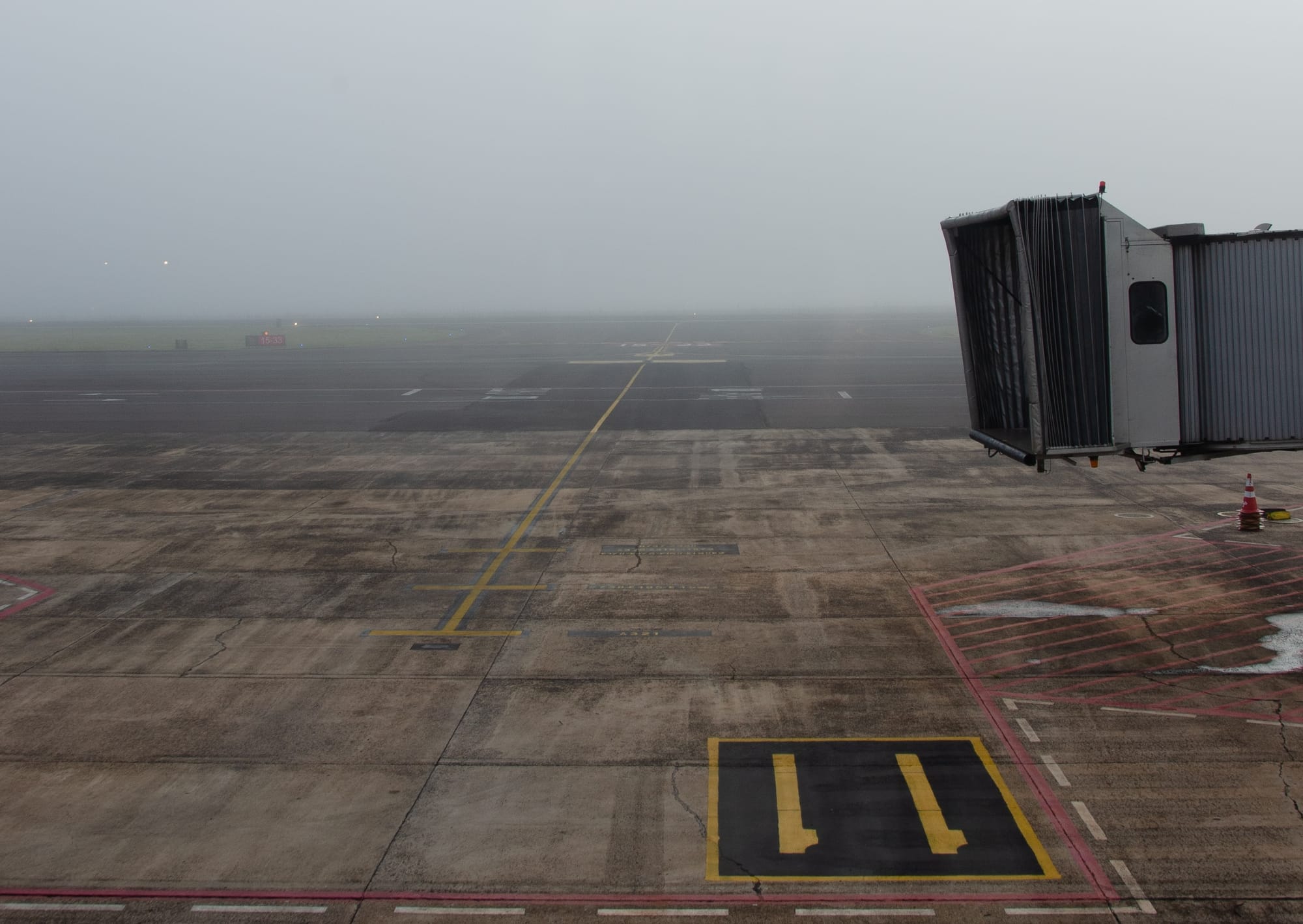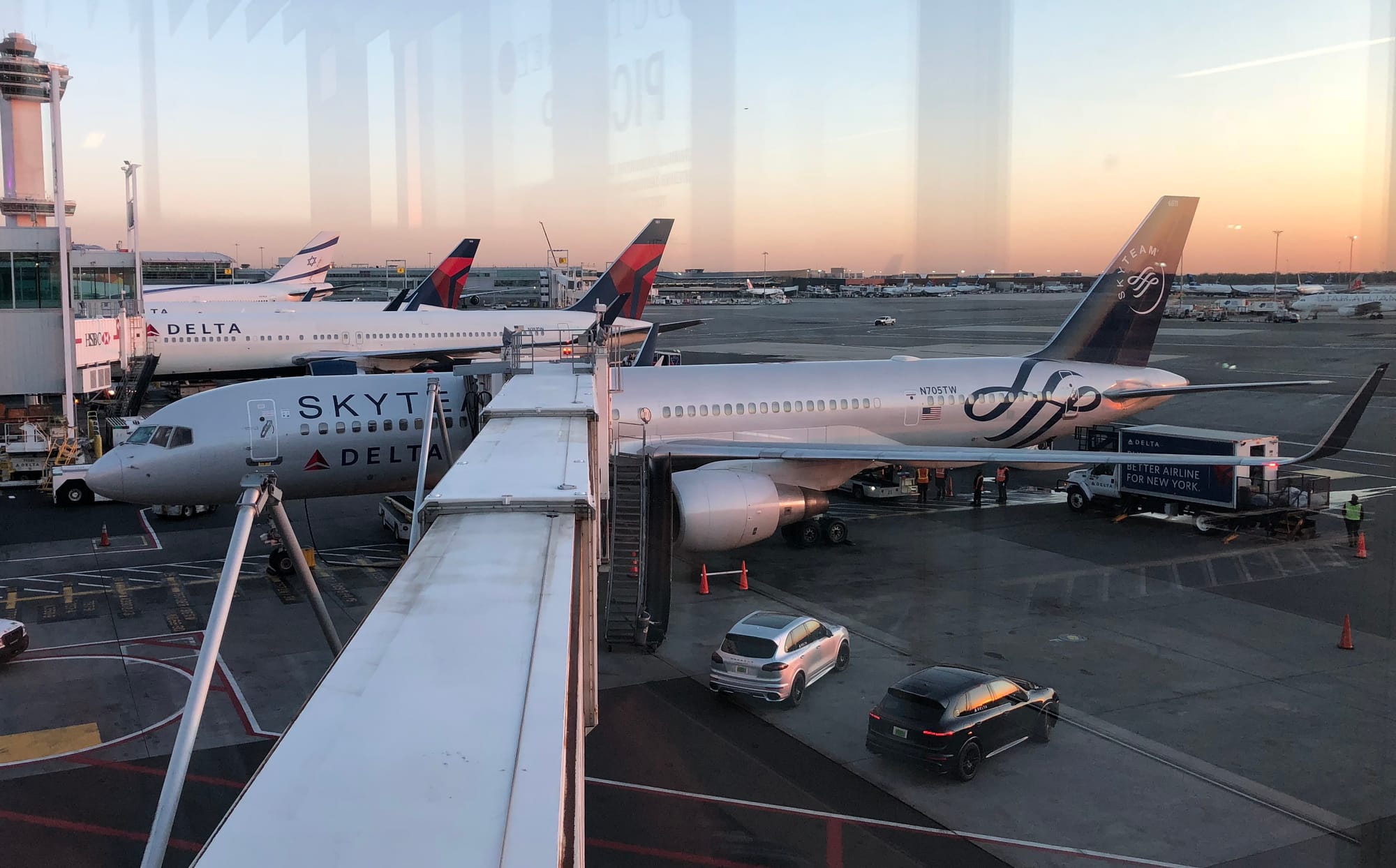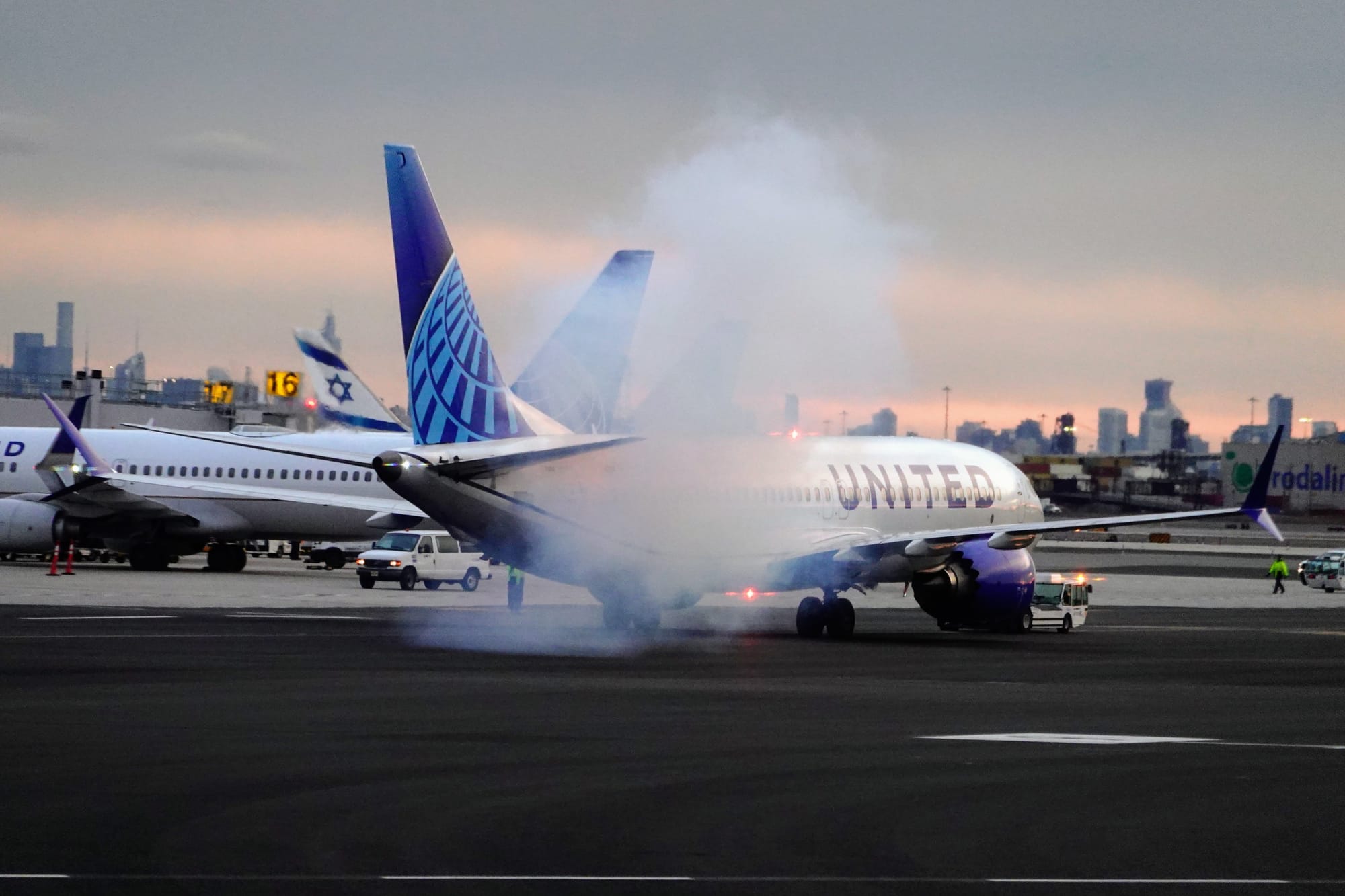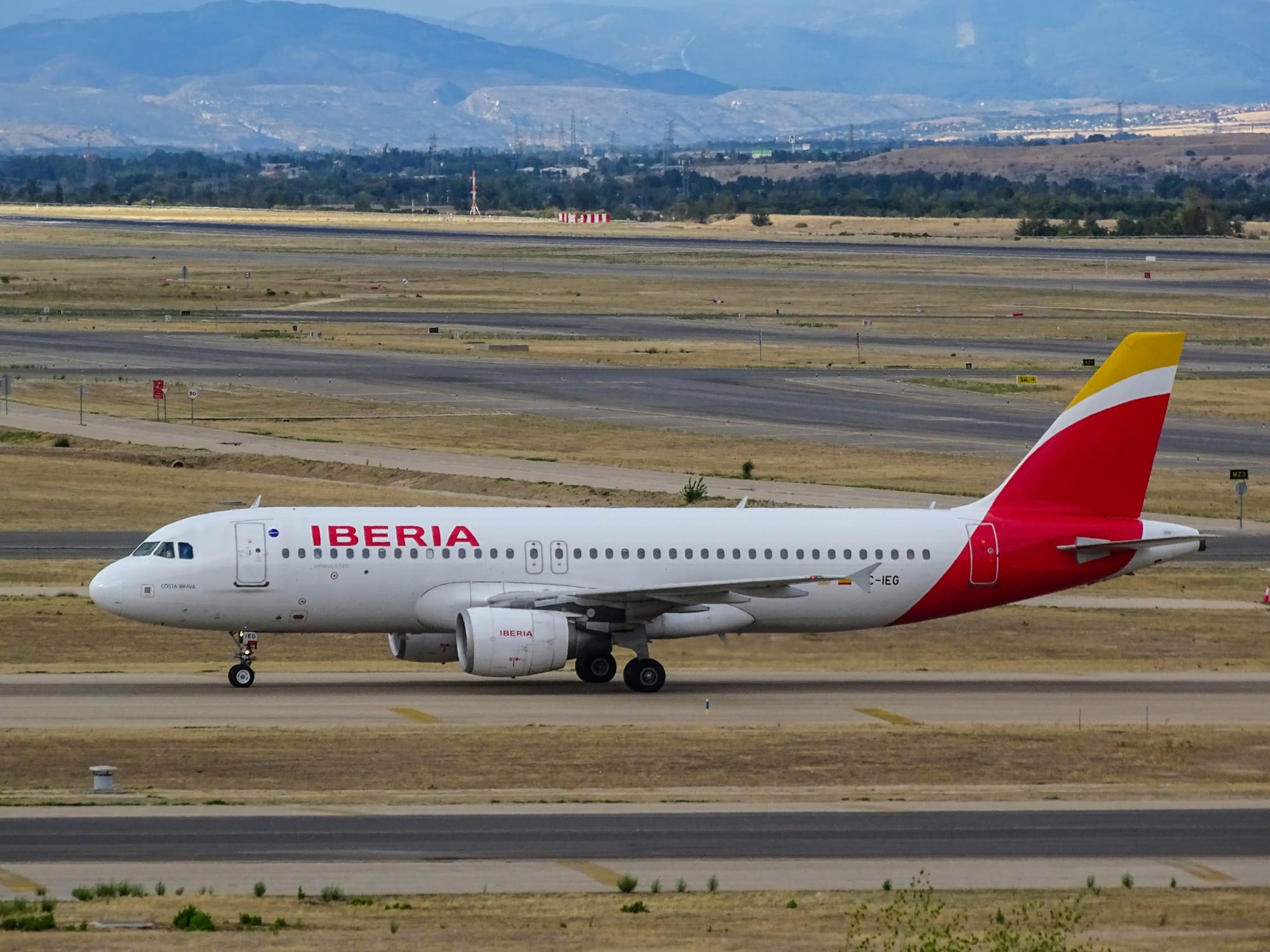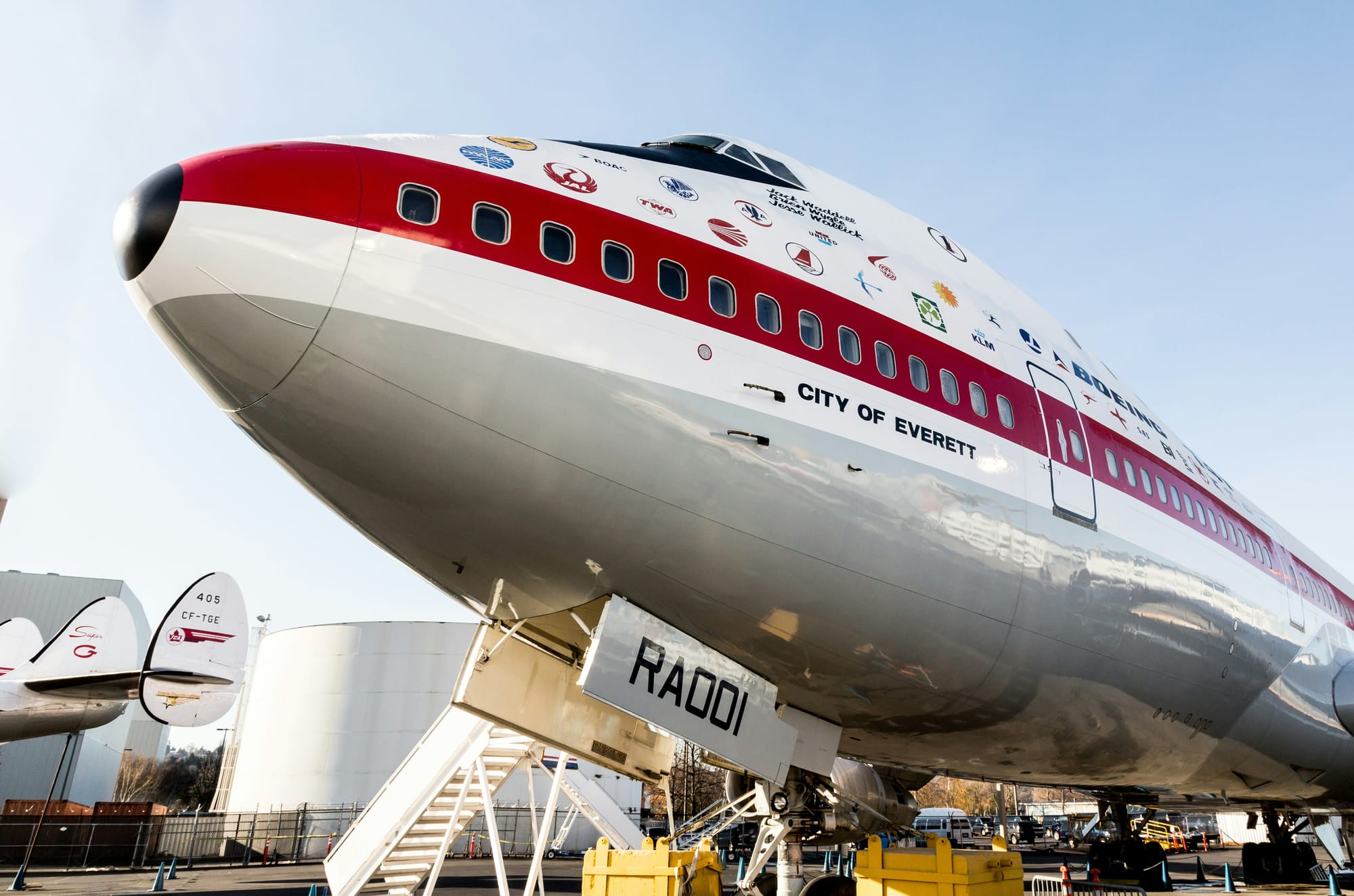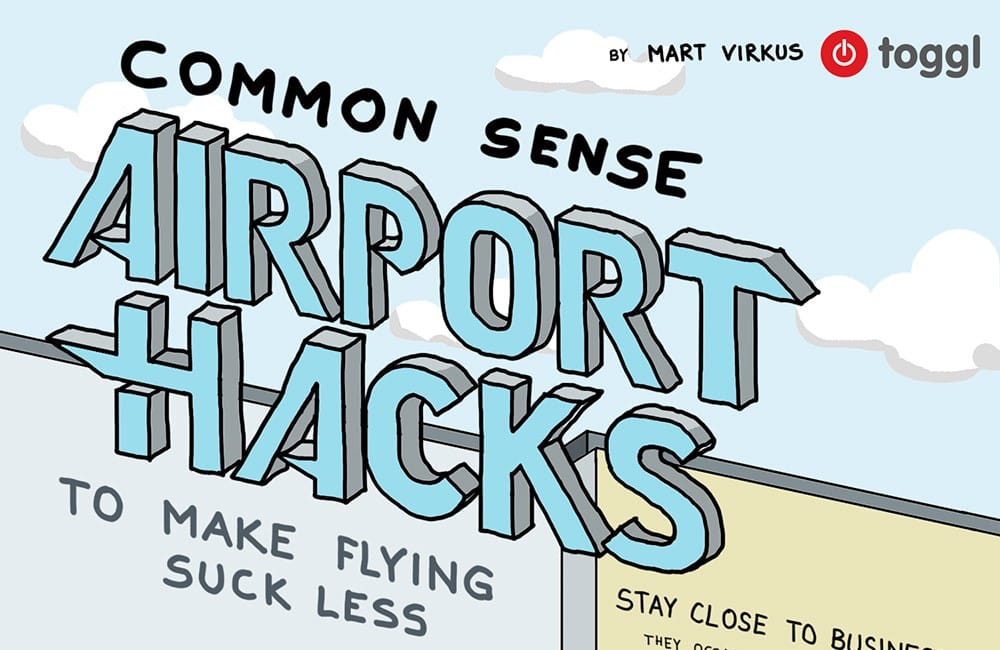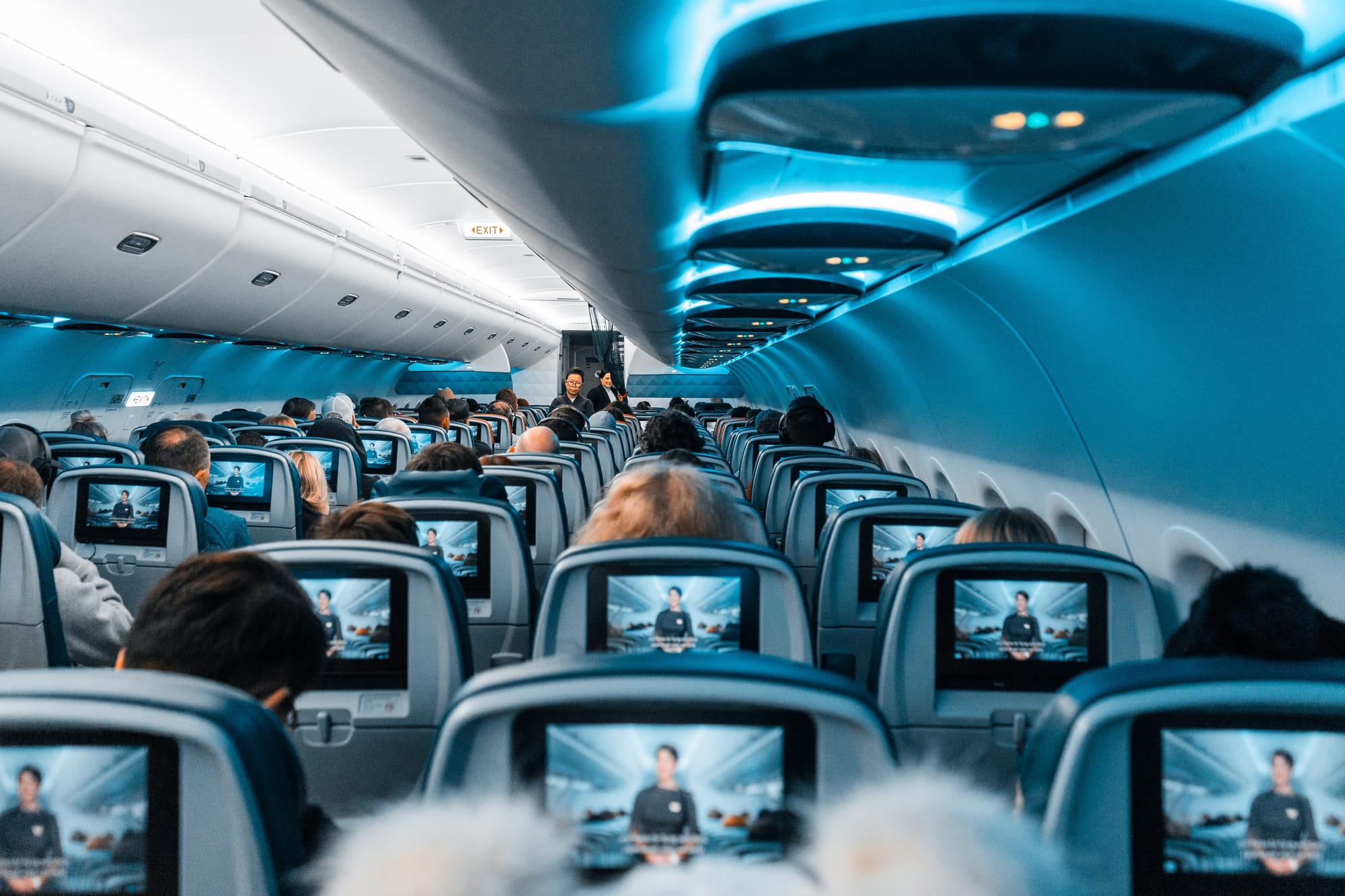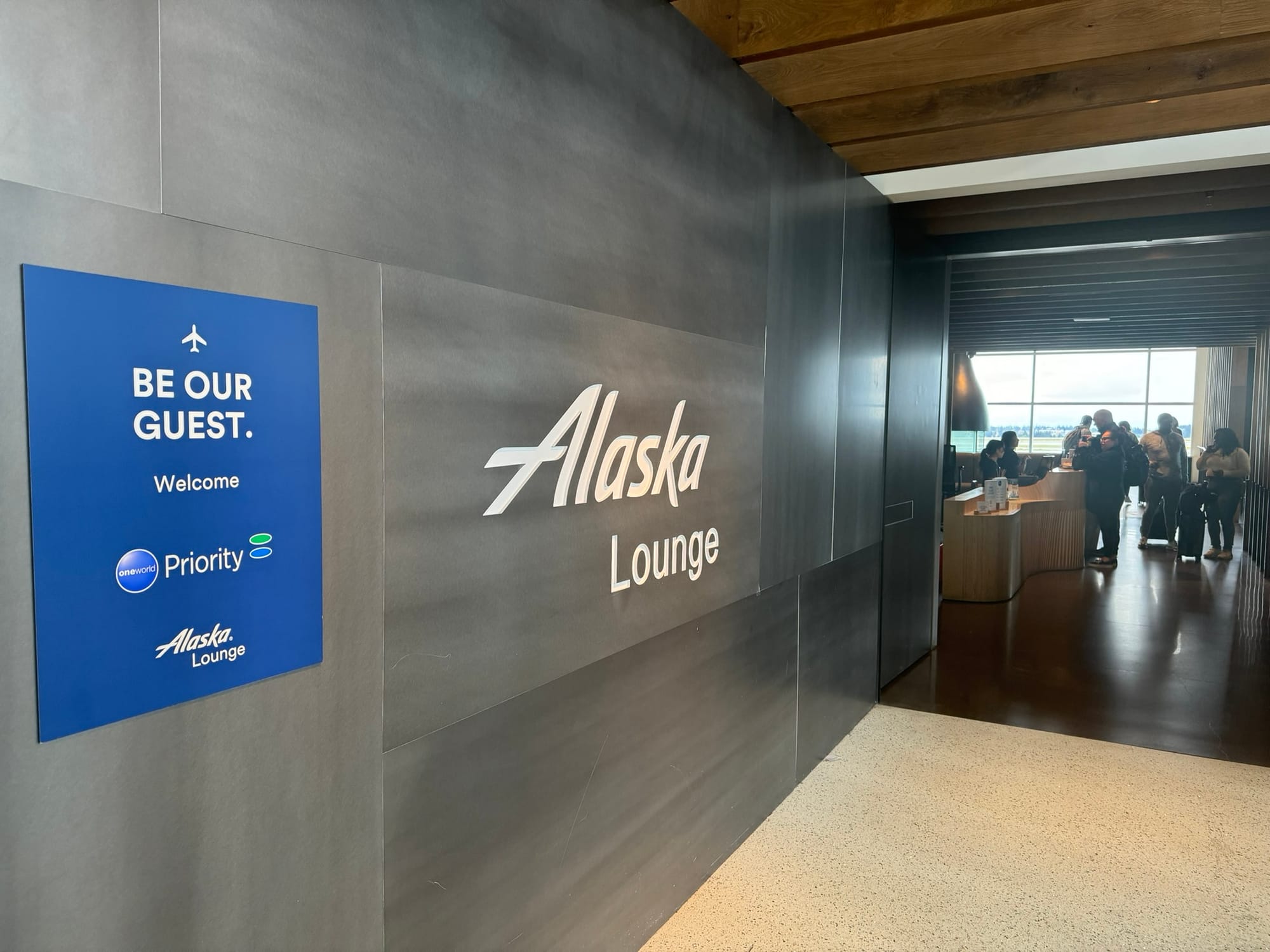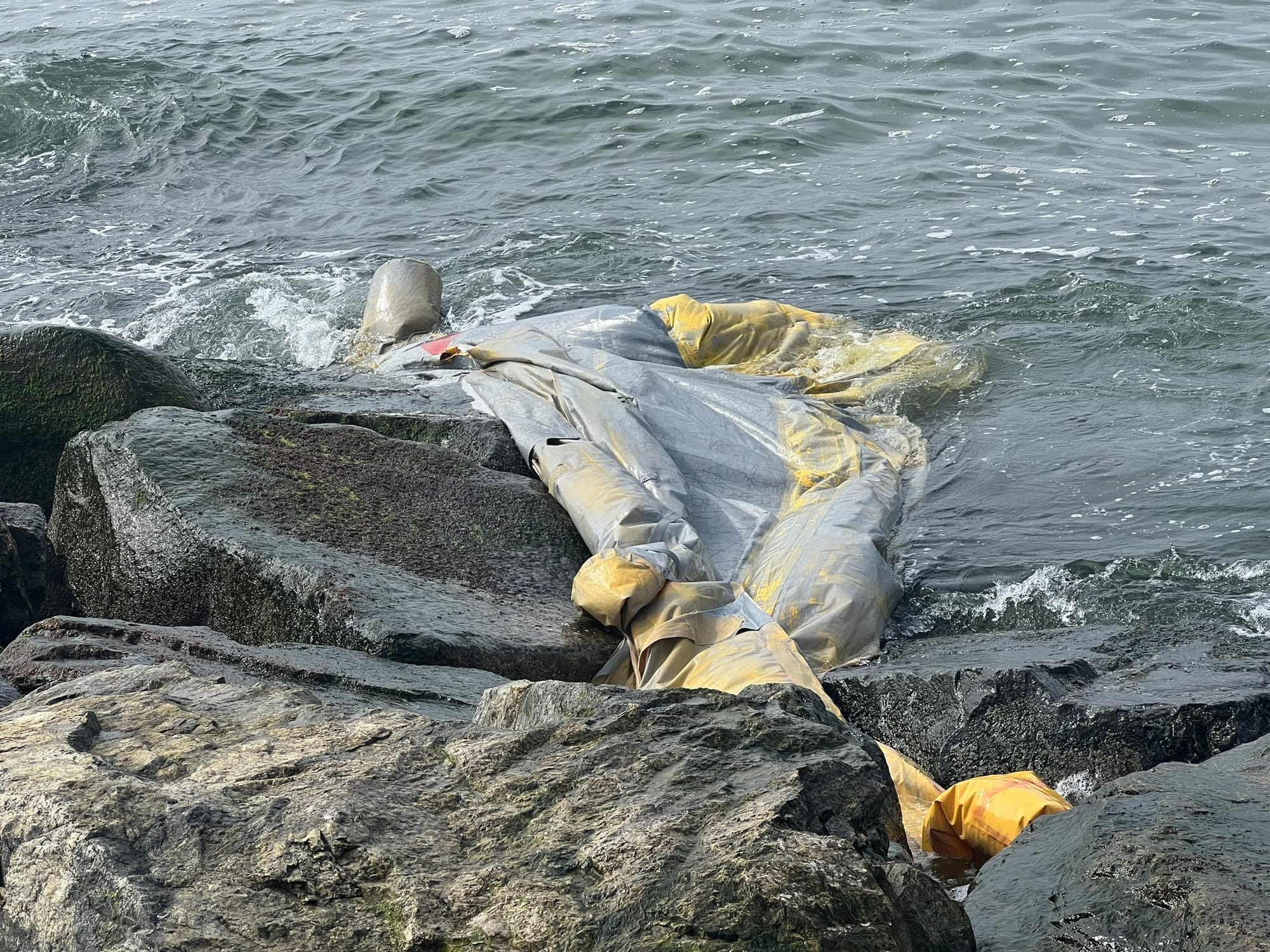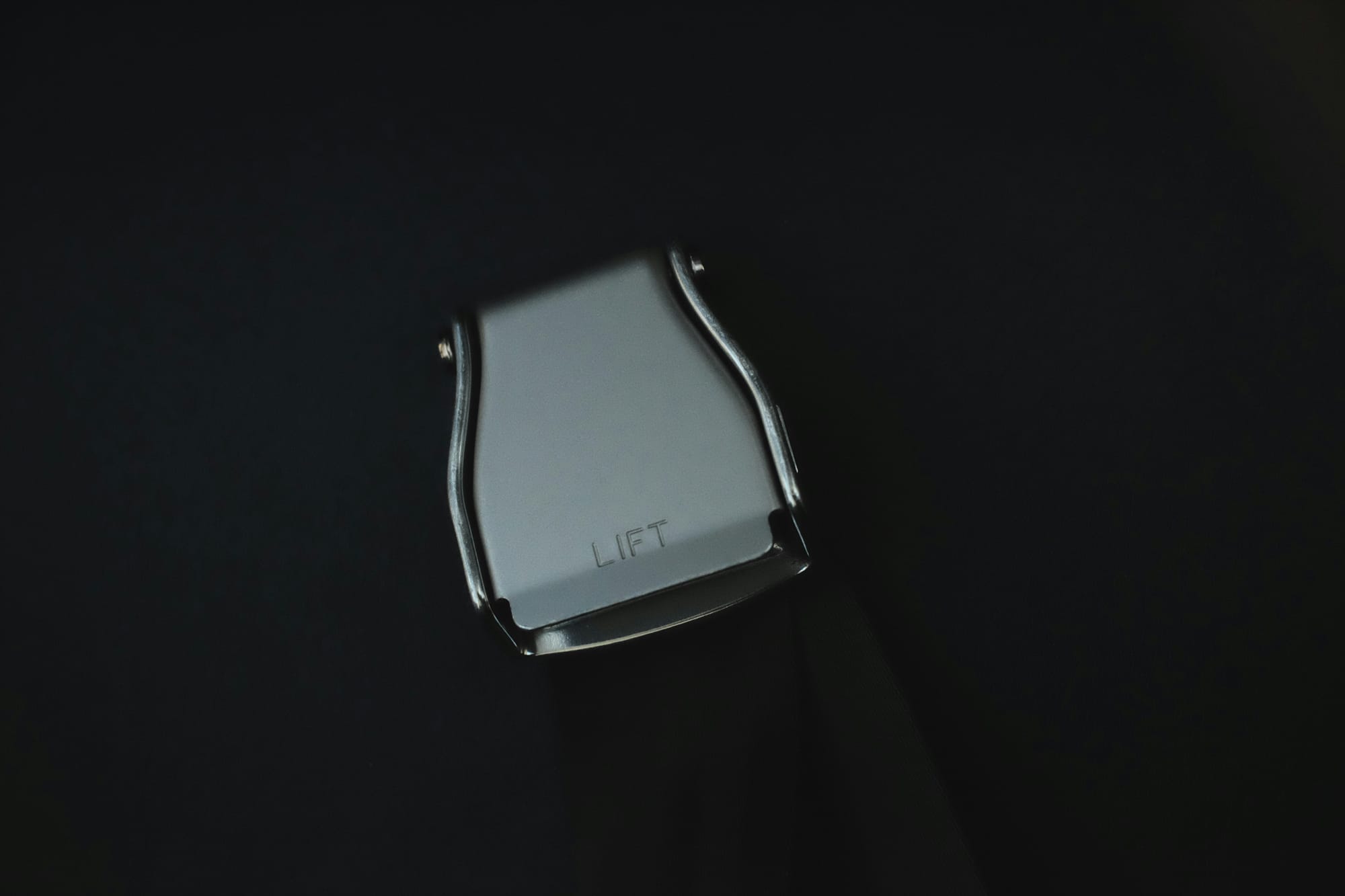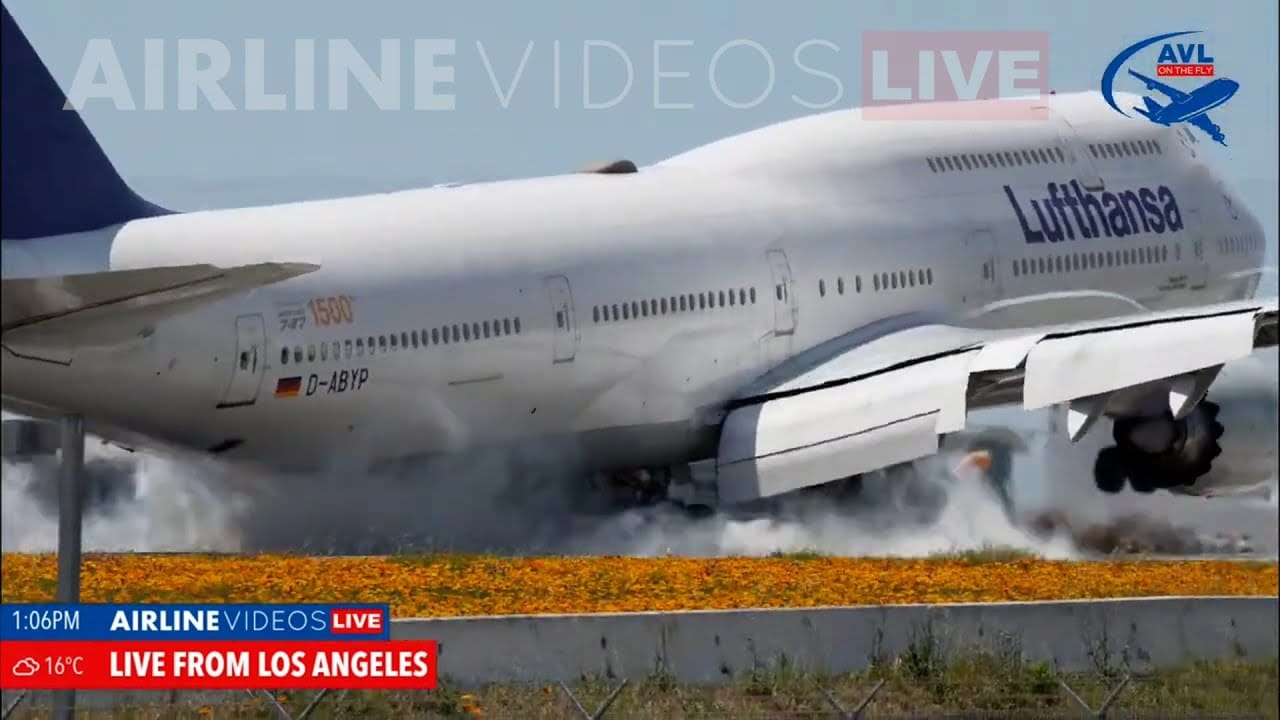Imagine the scene: a sleek metal bird hurtling towards the earth, its landing gear poised to kiss the tarmac. But instead of a welcoming runway, a veil of swirling mist obscures the path. This, my friends, is the dilemma of airplanes and fog. While these modern marvels conquer vast distances and soar through turbulent skies, a seemingly innocent cloud of water vapor can bring their journey to a screeching halt.
The culprit? Reduced visibility. Landing is a delicate ballet of precision, requiring pilots to rely on visual cues to line up the aircraft with the runway. Fog, however, acts like a mischievous stagehand, dimming the lights and throwing wrenches into this carefully choreographed dance. It's like trying to park your car in a dense fog; only instead of a dented bumper, the stakes are a hundred tons of metal hurtling towards the ground. Not exactly a recipe for calm nerves.
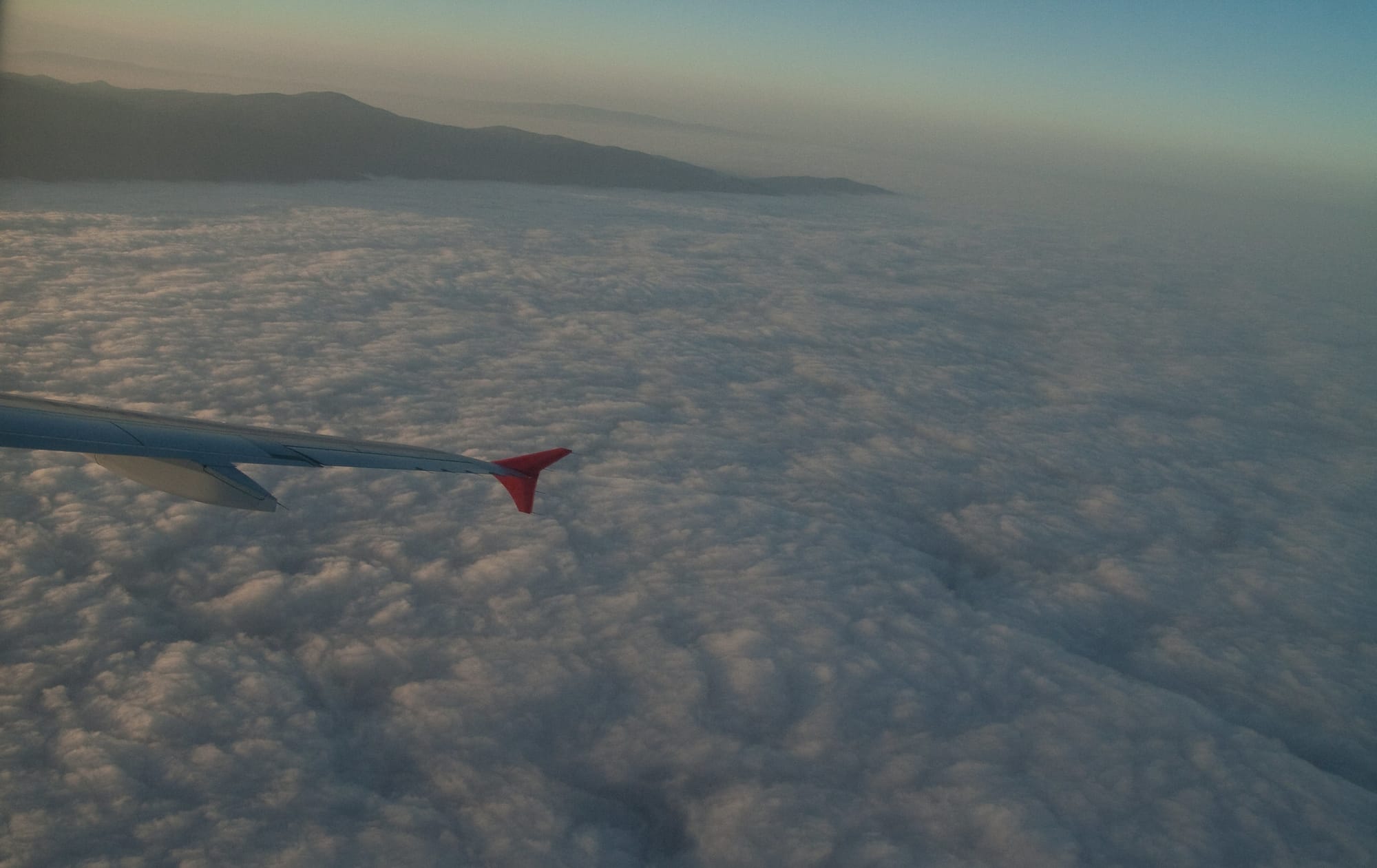
But fear not, intrepid traveler! Technology strides to the rescue. Instrument Landing Systems (ILS), akin to virtual eyes in the fog, guide planes with radio beams that paint a precise path to the runway. Pilots become air traffic controllers for their own aircraft, relying on these signals to navigate the invisible landscape. But even this technological marvel has its limitations. The thicker the fog, the lower the minimum visibility required for landing. When the white wall becomes impenetrable, even ILS falters, leaving pilots with no choice but to pull up and seek clearer skies.
Beyond the initial touchdown, taxiing becomes a perilous game of blind man's bluff. Ground markings and radio communication become the compass and map in this foggy maze. But the risk of collision with other aircraft or ground vehicles lurks in the air, transforming the airport into a silent, shrouded battleground. For the safety of all, flights are often diverted or delayed, a temporary pause in the symphony of air travel until the fog lifts and the curtain rises on a clear and safe landing.
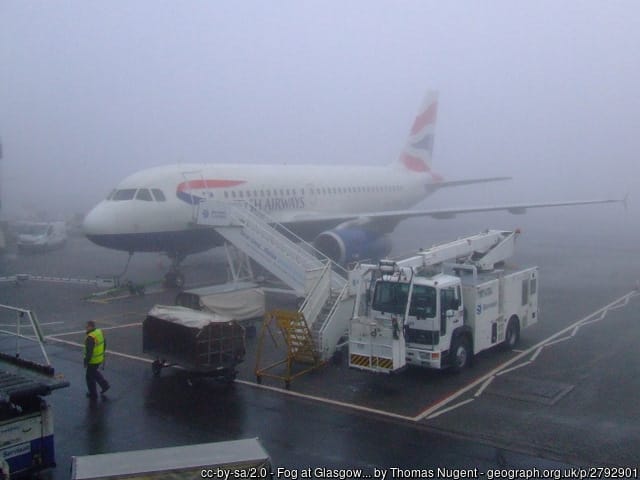
However, imagine a medical emergency, a race against time with lives hanging in the balance. In such desperate situations, specially trained pilots equipped with cutting-edge technology might attempt a zero-visibility landing. Think of it as a high-wire act without a net, reserved for the most extreme circumstances. These are not routine procedures, but calculated gambles taken only when the alternative is far grimmer.
So, the next time your flight gets grounded by fog, remember: it's not just about inconvenience or frustration. It's a testament to the intricate dance between human skill, technological prowess, and the ever-changing canvas of the sky. It's a story of prioritizing safety above all else, ensuring every journey, even delayed, is ultimately a safe one. And when you finally touch down under clear skies, take a moment to appreciate the silent heroes who navigated the fog – the pilots, the technicians, the air traffic controllers, all working in unison to bring you back to solid ground. For in the face of nature's veil, it's not just airplanes that take a rain check, but a collective commitment to safety that takes flight.

